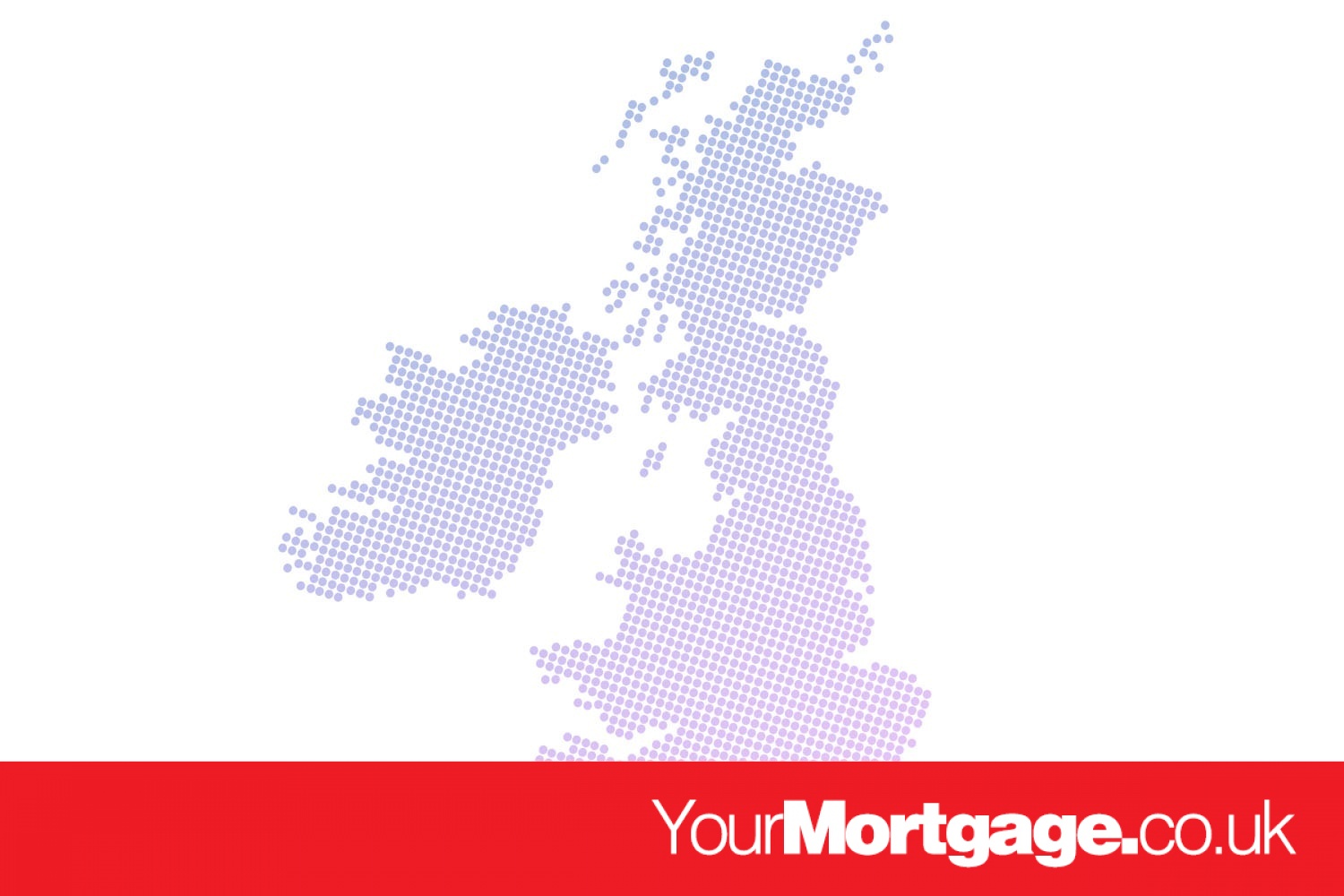News
House prices edged up just 0.5% last year

Annual property price inflation fell from 2.6% in 2017 and prices dropped 0.7% in December alone
UK house price growth slowed to just 0.5% in 2018, down from 2.6% in 2017, according to Nationwide – its weakest pace of growth for five years.
The building society said that prices fell 0.7% in December, taking the average property price to £212,281.
For the second year running, quarterly price growth in northern England exceeded that in southern England. While most regions saw a softening in price growth, overall prices in northern England were up 3% year on year.
In southern England both London and the Outer Metropolitan regions continued to see prices decline, leading to a slight overall decline in the south of 0.2%.
However, the price of a typical home in the south of England (£329,240) is still almost double that in the north (£166,642).
Biggest riser
Northern Ireland was the top performing region over the year, with a 5.8% increase in prices.
Wales also outperformed the UK average with prices up 4% over 2018. Meanwhile, price growth in Scotland remained subdued, with a 0.9% year-on-year rise, and prices were up 0.7% in England.
Robert Gardner, Nationwide’s chief economist, said: “UK house price growth slowed noticeably as 2018 drew to a close, with prices just 0.5% higher than December 2017.
“Measures of consumer confidence weakened in December and surveyors reported a further fall in new buyer enquiries towards the end of the year.
“The economic outlook is unusually uncertain. However, if the economy continues to grow at a modest pace, with the unemployment rate and borrowing costs remaining close to current levels, we would expect UK house prices to rise at a low single-digit pace in 2019.”
Jonathan Samuels, CEO of Octane Capital, added: “Brexit has smashed property market sentiment to smithereens. Buying and selling property requires confidence but confidence, as we edge closer to Brexit, is close to zero.
“Borrowing rates may be low and the jobs market strong, but a deep undercurrent of uncertainty is causing the vast majority of people to sit on their hands.
“What growth there is, is in the North, which hasn’t experienced the over-exuberant price inflation of the capital and other areas of the South.”